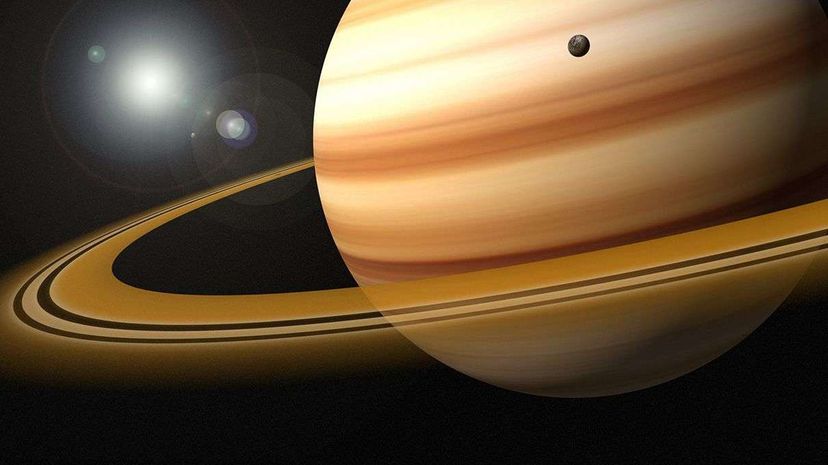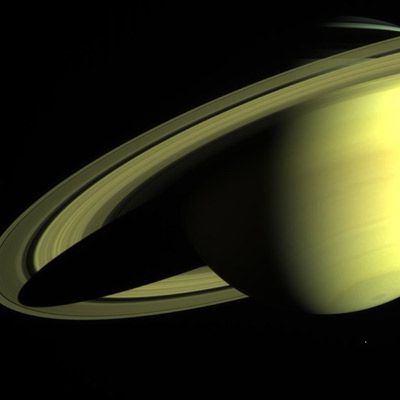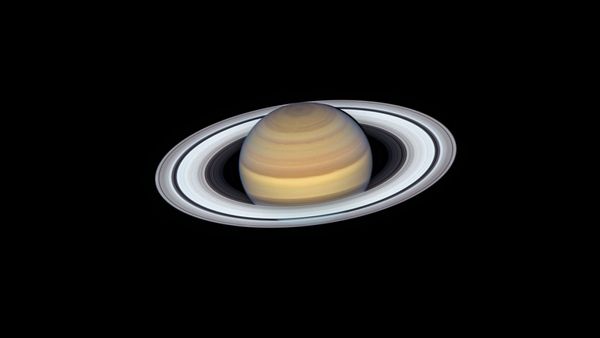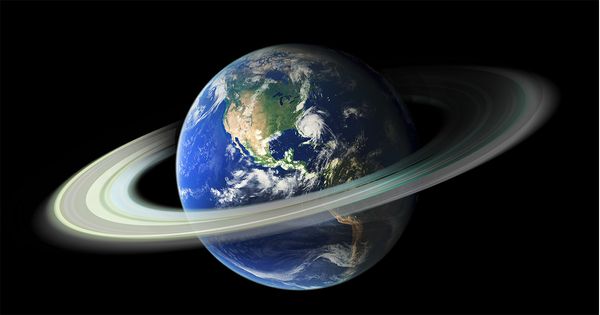
People have been fascinated with Saturn and its rings, ever since Galileo first observed them through a telescope back in 1610. They're among the strangest features of the solar system.
Since Galileo's time, astronomers have counted at least seven main rings, which are thousands of miles wide, but vary in thickness from only 30 to 300 feet (9 to 90 meters), and are made up of bunches of smaller ringlets. They extend about 175,000 miles (281,735 kilometers) from the planet's surface — almost the distance between Earth and our moon. We know that the rings are made up of methane ice and pieces of rock, the latter of which vary in size from the equivalent of a grain of sand to as big as a house. But there's one thing that's continued to puzzle scientists — at least until now. How exactly did Saturn's rings form? One theory was that they were made of material left over from the formation of Saturn's 60 or so moons, which one recent study suggests may be only a few hundred million years old.
Advertisement
But in an article recently published in the online version of the journal Icarus, Japanese and European researchers proposed a more intriguing idea. They've created a computer simulation which shows how Saturn's rings may have formed during a time known as the Late Heavy Bombardment period 4 billion years ago, created from the wreckage of tiny Pluto-sized dwarf planets that got too close to giant Saturn.
The Pluto-sized objects would have come from the Kuiper Belt, a region of dwarf planets, comets and icy hunks of rock that extends out beyond the orbit of Neptune. About 4 billion years ago, the orbits of many Kuiper Belt objects became unstable due to the gravitational force of the then-newly-formed gas giant planets, which in turn caused them to drift into our solar system and collide with the planets.
In the simulation, the researcher found that as dwarf planets drifted into Saturn, the collision would have shattered them and formed little pieces that would have orbited Saturn in the same manner as its rings do.
In the simulation, the researcher found that as dwarf planets drifted into Saturn, the collision would have shattered them and formed little pieces that would have orbited Saturn in the same manner as its rings do.
Advertisement


